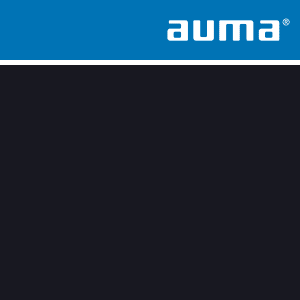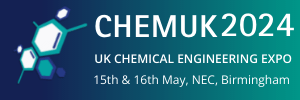First commercial LNG bunkering completed in Singapore
FueLNG, a joint venture between Keppel and Shell Eastern Petroleum, has achieved the first commercial Liquefied Natural Gas (LNG) bunker transfer in Singapore.
Truck-to-ship bunkering was completed for the Floating Liquefaction (FLNG) vessel, Hilli Episeyo. The LNG bunker transfer was carried out in batches from 22 July to 23 September 2017, and conducted in accordance with the Singapore Chemical Industry Council (SCIC) Technical Reference for LNG Bunkering (TR 56). The technical reference is designed to provide a safe, efficient and sustainable technical framework for LNG bunkering operations.
It marks the first LNG trucking operation for FueLNG, following the facilitation of Singapore LNG’s (SLNG) successful gas-up/cool-down and reload operation at its Jurong Island terminal of the Cardissa, Shell’s LNG bunker vessel, in June 2017.
"This is an exciting milestone for FueLNG as we establish ourselves as a safe, cost-efficient and reliable LNG bunker supplier. The development of proven LNG bunkering infrastructure will give confidence to the industry that LNG can be widely adopted as a marine fuel and is sustainable for the long-term."
FueLNG has also secured contracts from Keppel Smit Towage and Maju Maritime to provide LNG bunkering services for two dual-fuel LNG harbour tugs. The contracts will commence in 2018, once construction of the tugs is completed.
The Maritime and Port Authority of Singapore (MPA) commenced its LNG bunkering pilot programme (LBPP) earlier in 2017. As part of the programme, the MPA has provided various companies with grants of up to $2 million per LNG-powered vessel constructed.
“This successful operation by FueLNG attests to Singapore's ability to provide safe, efficient, and reliable LNG bunkering in the Port. Furthermore, we are pleased to note that the operation was carried out based on the recently launched Singapore Technical Reference for LNG Bunkering (TR56),” said Andrew Tan, MPA’s chief executive.
“As the leading bunkering port in the world, MPA is committed to cater to the future energy needs of the global shipping industry via cleaner, alternative sources of fuels such as LNG. We will continue to work closely with our stakeholders to develop our capabilities in preparation for a larger uptake of LNG bunkering in the future."
New environmental regulations, such as the International Maritime Organisations’ new 0.5% global sulphur cap on fuel content which goes into effect from 2020, are putting pressure on major parts of the fuel industry to pursue greener, more sustainable solutions.
As of March 2017, there are 102 LNG-fuelled ships in operation and 108 on order.
Read about the potential of cryogenic floating hoses in LNG transfer, with expert opinion from Trelleborg Oil and Marine, here.
















